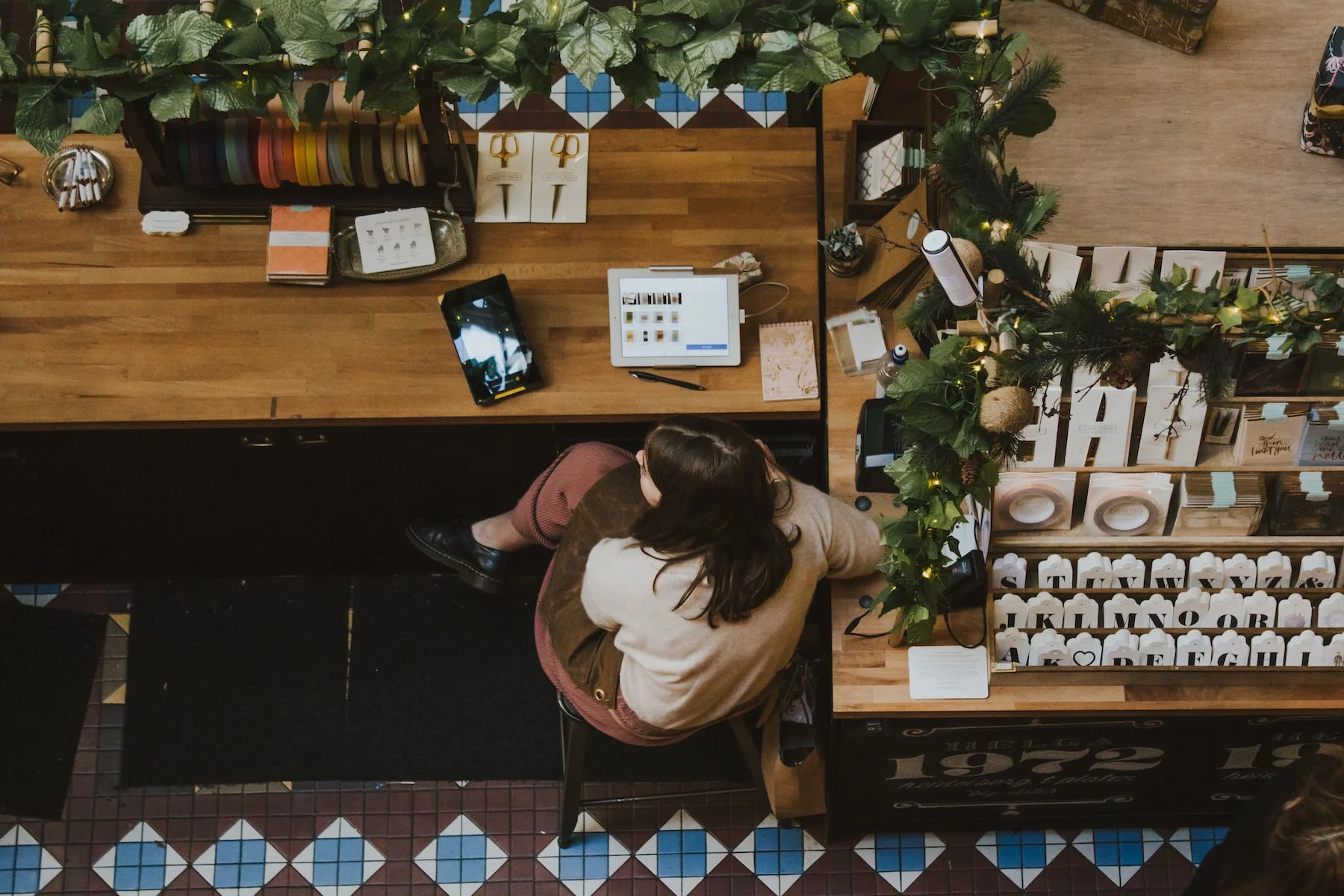Tips for Attending Your First Event
- 27 November 2017
- ByAnna Johansson
- 6 mins. read

If you’re an artist or crafter who wants to sell your work and make a name for yourself, eventually, you’ll need to put your products on display in person.
Some artists make a decent full-time living touring the convention circuit, selling their goods and popularizing their names, and others at least occasionally appear in conferences, craft fairs, and pop-up shops.
Involving yourself with these in-person events might seem like a no-brainer, but if you jump in without preparation, you won’t be able to get the full value of the opportunity. Fortunately, there are a handful of strategies even newcomers can use to make the most of their first time on the circuit.
Get Ready for Face Time
Research the venue. What’s the cost of setting up a booth, and how much room are you going to have? Will you get to choose your location, or will it be pre-assigned? Will you be in charge of setting up, or will tables be provided? What are the rules of conduct, where is parking, and what are the hours of attendance? These are all important to note, especially if you’re operating with a limited budget.
Prepare for unexpected costs. Think beyond simple travel costs, accommodations, and the price of getting in the venue when setting a budget. How are you going to eat and drink? Does parking cost extra? What happens if you run into an emergency? Prepare some extra cash beforehand, if you can.
Give a free takeaway to all your visitors. Not all visitors will be ready to buy your art, so make sure you’re armed with a free takeaway that reminds them of your brand and gives them a way to reach you in the future. Business cards are always a solid standby, but something more innovative, like a calendar or zine featuring your art, will make you even more memorable.
Have an established online presence. Before you attend your convention, you should have a strong personal brand in place online. At the very least, you should have a website that shows off your best work, an outlet for people to buy some of your work (Big Cartel is perfect for this), and an established reputation and community on social media. If you don’t have these things in place, you might consider spending a few weeks or months setting them up before jumping into events. If you don’t, you’ll risk losing a lot of traffic from people who won’t be able to look you up in the future.
Set your prices fairly. Setting prices is one of the most difficult tasks you’ll have leading up to the event. If you’re already charging a set price for your art online, you shouldn’t need to make too many modifications. If you have a trusted friend who sells similar work, ask for their adivce on what customers expect to spend. Then figure out a price that’s fair to your customers, but also covers all your hard work (and materials).
Find a table buddy. You won’t be able to run the booth the entire time, so if you can, recruit a table buddy. They’ll be able to watch your booth while you take breaks, run to the restroom, or get food. They’ll also keep you company and give you time to walk around and talk to other vendors.
Accept multiple forms of payment. You’ll want to accept as many forms of payment as you can. The easier it is for your potential customers to make a purchase, the more customers you’ll get. Investing in a credit card reader for your phone is a wise choice, as it’ll cover most of your bases automatically. And with a shop on Big Cartel, you can use Big Cartel for iOS to easily process orders. But don’t forget a little cash to make change for purchases.
Spend time on your signage. Most craft fairs and markets are big places, with many similar artists competing for customers’ attentions. Consider investing time (and probably some money) in producing signage that’s easy to pick out. Consider including some of your best art, strong typography, and details on where people can find you after the event.
Prepare with additional supplies. The last thing you want is to run out of supplies when sales are hot. Come prepared with more pieces of art and products than you think you’ll need, and potentially extra supplies so you can craft or produce while you’re there. You might also need a pen and paper, some extra cash, and other items to set up, clean up, or run your booth.
Got It? Good.
If you’re new to the scene or are used to selling things exclusively online, you might feel intimidated. Just know that in-person sales events are critical opportunities to promote your brand and get more sales. Once you have one or two under your belt, you’ll have a better idea of what to expect, and you’ll feel more comfortable with these events in the future.
Even if your first experience isn’t profitable, don’t rule out conventions right away - not everyone gets the formula right the first time. Give it another shot or two, with more experience, and see if you can make it work.
27 November 2017
Words by:Anna Johansson
- Share